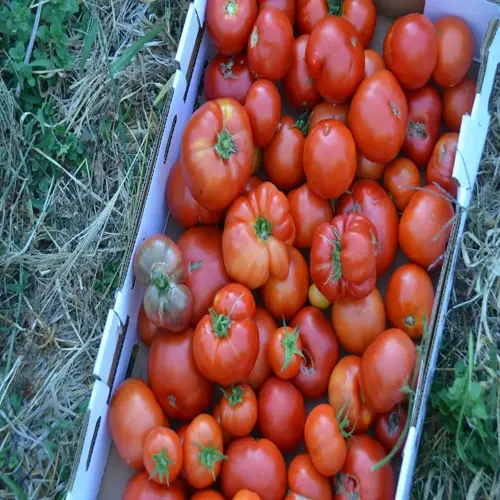Is fall the ideal time for aeration?

Written by
Benjamin Miller
Reviewed by
Prof. Samuel Fitzgerald, Ph.D.Fall is the ideal time to aerate cool-season grasses like Kentucky bluegrass and fescue. Temperatures ranging from 60 to 75°F provide the optimal environment for roots to recover and grow. On the other hand, warm-season grasses, such as Bermuda grass, are better aerated in late spring. Matching timing to grass type provides the greatest amount of benefits.
Cool-Season Benefits
- Active root growth stores nutrients before winter
- Cool nights reduce evaporation stress
- Weed competition diminishes naturally
Environmental Factors
- Autumn rains soften soil for easier penetration
- Moderate sun intensity prevents scorching
- Soil microbes remain active in decomposition
Recovery Considerations
- Avoid periods of early frost forecast
- Delay if drought conditions persist
- Skip if lawn shows disease symptoms
Fall aeration is beneficial for cool-season grasses due to its timing, which is well-suited to their biological needs. Fall-supported root growth stimulates the development of deep root systems to bolster energy supplies for winter dormancy. The aeration holes allow roots to spread down into and probably deeper than with non-aerated downward growth. Deep root systems survive the winter cold and recover quickly in the spring, whereas shallow roots do not. My aeration is usually done in early September, and I see the results of that work really start in October.
The seasonal cycles of warm-season grasses are distinct. Warm-season grasses have peak growth in late spring and summer. Therefore, late May is ideal for lawn aeration. Aeration in the fall for warm-season lawns could be detrimental because the growth rate is slowing before dormancy. Always refer to the specific needs of your grass variety regarding timing.
Climate adjustments may be necessary at the local level. In northern areas, aerate by mid-September, before the first frost. For southern areas, continue until October. For mountainous regions, the schedule should be even earlier. Soil temperatures should be monitored, not just dates on a calendar, to determine timing.
Problem lawns occasionally require exceptions. High-traffic areas or sports fields may demand spring aeration regardless of species. New lawns should wait until year two. When in doubt, seek the ways of local extension services for local recommendations.
Read the full article: How to Aerate Lawn: The Complete Guide

